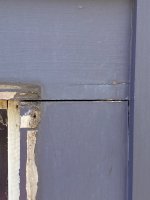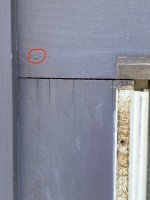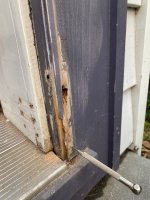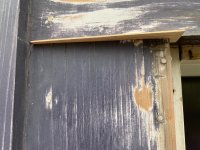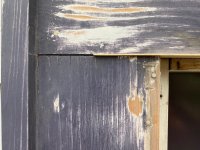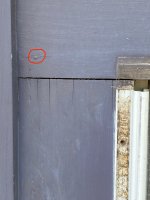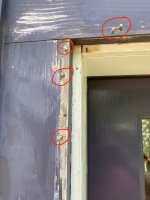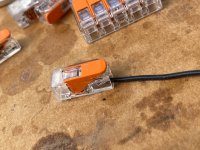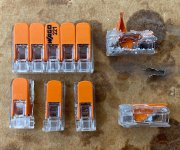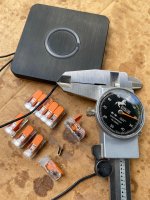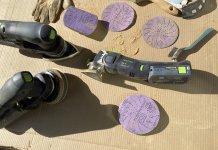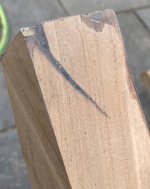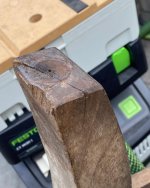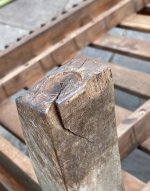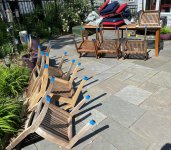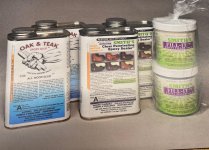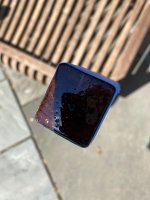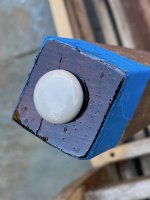Michael Kellough said:
Agree with Venkman, amazed at the amount of improvement you’ve produced. Almost looks like new furniture.
About the Cubitron, do you feel the abrasive ratings are comparable to other abrasives? Seems to me the Cubitron is cutting coarser than the rating, compared to other brands/composition
Thanks Michael... [big grin] ...the results so far have been well worth the effort.
And on another note, the new exterior storm door arrived ahead of schedule so this teak project will be once again put on hold while I prep the opening for a new storm door which in the real world is more important than patio furniture.
Just to vent for a few minutes, I've mounted Pella storm doors on 2 of the 3 door openings. Years & years have gone by and the Pella storm doors are still the best items available. On the 3rd opening, which faces directly west, I decided to mount an Andersen storm door because it was the only thermopane (2 glass panes with a gas fill between them) door available at the time. In the winter the cats & the dogs all love to sit in front of the storm door and watch the wildlife go by. So a thermopane door was a bonus round both for the animals and for the heating bills.
However, the bottom line is, the Pella doors use bronze/oilite bushings to support the weight of the door while the Andersen door with double the glass weight uses PLASTIC bushings to support the weight of the door. So after 2 years of use the Andersen door was sagging on its hinges and refused to close & lock. I'll now be installing a Pella thermopane storm door with louvers between the glass panels to reduce solar gain, I have high hopes. [big grin]
Now on to the sandpaper, I feel the 3M Cubitron punches above its weight class, meaning it's just more aggressive and it maintains that aggressiveness for a longer time. Is it sharper? Is it harder? Does it have a better binder? I don't know but it really seems to be a lot more aggressive.
Here's a 3M Lab Tech Data Sheet from a number of years ago. You'll notice that USA/ANSI 180, which is how 3M rates their products is the equivalent of P180.
View attachment 1



